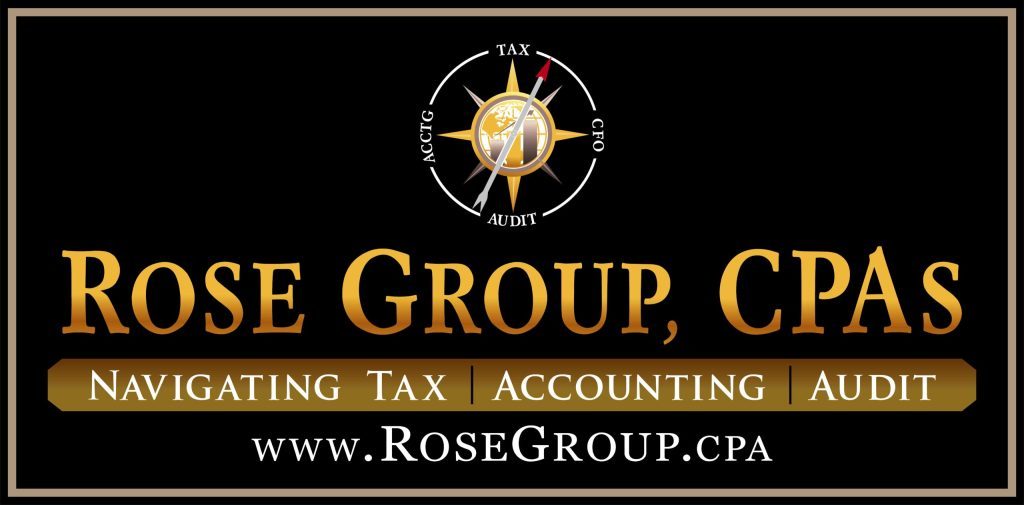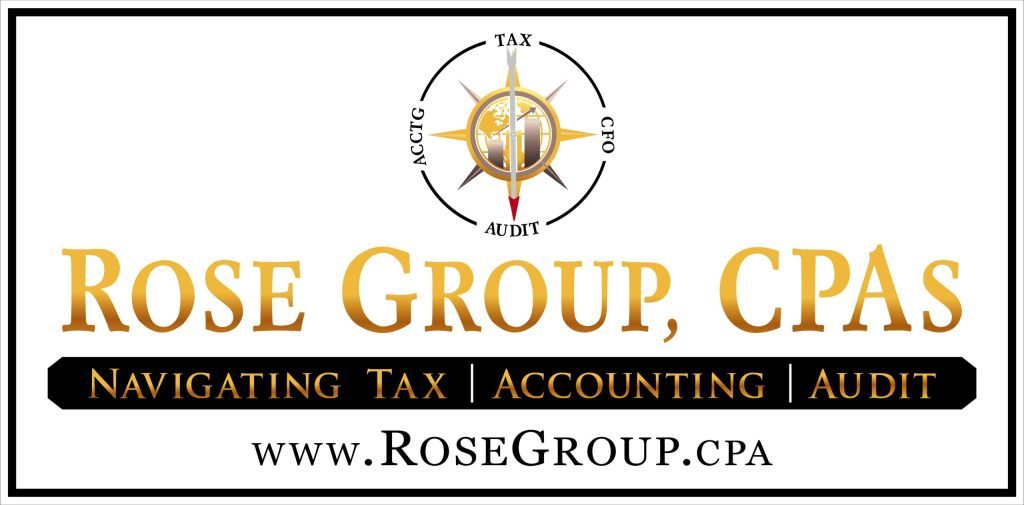Understanding General Ledger Systems: A Comprehensive Overview
Explore how organizations utilize general ledger systems to monitor financial transactions, track business assets and obligations, generate comprehensive reports, and evaluate organizational performance. Learn about technological advances transforming general ledger management.
When considering general ledger systems, many envision traditional bookkeepers with handwritten records in massive bound volumes. Although the fundamental principles of general ledger accounting have persisted for centuries, technological innovation has completely transformed general ledger operations.
This article examines general ledger fundamentals, historical development, structural elements, and technological evolution that maintains the general ledger as a critical business financial instrument.
Defining General Ledger Systems
A general ledger represents the central repository where businesses document complete financial transaction records. Whether maintained through traditional methods, computer systems, or cloud-based platforms, the general ledger employs structured account numbering with debit and credit entries to establish trial balance calculations. The general ledger provides essential information for creating regular financial statements including balance sheets, income statements, cash flow reports, and additional financial documentation on monthly, quarterly, or yearly schedules.
Financial transaction information within a general ledger follows categorical organization: assets, liabilities, ownership equity, revenues, and expenses. The general ledger, frequently abbreviated as GL, functions similarly to a comprehensive general journal.
Large organizations may maintain general ledger systems containing thousands of individual accounts, collectively forming the chart of accounts, representing balances derived from journals, subsidiary ledgers, and external transaction data sources.
A general ledger serves as the primary record-keeping system for organizational financial transactions, whether maintained through paper documentation, computer systems, or cloud-based general ledger platforms.
Exploring Subsidiary Ledger Functions Within General Ledger Systems
Subsidiary ledgers maintain specific categories of financial transactions, including accounts receivable, accounts payable, or fixed asset records. These subsidiary systems typically focus on particular transaction types that eventually integrate into the general ledger framework.
Subsidiary ledger transactions undergo periodic recording within the general ledger system. Organizations structure these subsidiary-to-general ledger transfers on daily, weekly, or monthly intervals based on operational requirements.
During audit procedures, financial statement balances must trace back to all posted transactions comprising those balances within the general ledger system.
Historical Development of General Ledger Accounting
The earliest accounting documentation traces back over 7,000 years to Mesopotamian civilizations, where merchants created systems tracking goods and services exchanges. However, modern general ledger accounting emerged when Italian mathematician Luca Pacioli published double-entry bookkeeping concepts in 1494, establishing contemporary general ledger foundations.
Pacioli, recognized as accounting’s founding father, documented rather than invented double-entry methods. He described Venetian accounting practices from the 1300s, possibly influenced by earlier Islamic and Indian general ledger methodologies.
Ancient accounting records spanning 7,000 years originated in Mesopotamia, where traders developed systems for tracking commercial exchanges that evolved into modern general ledger practices.
Understanding General Ledger Importance
General ledger systems record comprehensive organizational financial transactions, serving as foundations for diverse financial reporting requirements. The general ledger provides detailed financial information including cash flows, assets, liabilities, inventory, purchases, sales, gains, losses, and equity positions.
General ledger data enables financial performance calculations for organizations. Understanding organizational finances through general ledger analysis remains essential for budget development, strategic business planning, and assessing overall financial health.
Double-Entry Bookkeeping Implementation in General Ledger Systems
General ledger systems employ double-entry bookkeeping methodology, where every financial transaction impacts minimum two accounts: debit and credit positions within the general ledger structure.
For instance, purchasing a $2,000 computer increases business assets by $2,000 while decreasing cash positions by equivalent amounts, maintaining general ledger balance.
This accounting approach, popularized through Pacioli’s work, utilizes terms “debere” (to owe) and “credere” (to entrust), establishing debit and credit account terminology. The accounting equation, known as the balance-sheet equation, provides double-entry bookkeeping foundations within general ledger systems: “assets = liabilities + equity.”
General Ledger System Components
General ledger systems accommodate numerous subsidiary ledgers, also called journals. Common types include accounts payable, accounts receivable, cash, assets, expenses, and income categories within the general ledger framework.
The general ledger functions as central accounting information storage, collecting data from subsidiary ledgers including stock, cash holdings, accounts receivable, customer deposits, accounts payable, and related financial information.
Chart of accounts within general ledger systems typically divides into seven main categories: assets, liabilities, owner’s equity, revenue, expenses, gains, and losses. The chart of accounts serves as a comprehensive directory for organizational transaction types. Each account category corresponds to different financial statements within the general ledger system:
- Balance sheet (assets, liabilities, and equity)
- Income statement (revenues, expenses, gains, and losses)
General Ledger System Limitations
General ledger systems serve straightforward functions: recording financial transactions throughout organizational lifespans. The general ledger then produces periodic financial statements. For these purposes, general ledger systems accomplish intended objectives.
However, general ledger systems contain historical financial transaction information, producing backward-looking financial statements over specific periods, sometimes enabling year-over-year comparisons. This means general ledger financial information, including detailed journal entries, provides historical perspectives.
With focus on past transactions, general ledger information often reflects specific time points (month-end, quarter-end, or year-end). The timing of general ledger posting and information reporting represents completed events, limiting insight into current activities or future possibilities.
These general ledger limitations could restrict organizational agility or abilities to make corrections or proactively capitalize on opportunities before period-end. As businesses attempt maintaining pace with change, general ledger systems provide limited forward-looking insight and strategic business guidance.
Additionally, as finance function complexity grows—including environmental, social, and governance (ESG), sustainability, talent retention, financial planning and analysis (FP&A), enterprise resource planning (ERP), and value creation—traditional general ledger systems might inadequately track future-important data and metrics.
With focus on reporting completed transactions, traditional general ledger systems may not provide the forward-looking insights needed for modern business decision-making.


